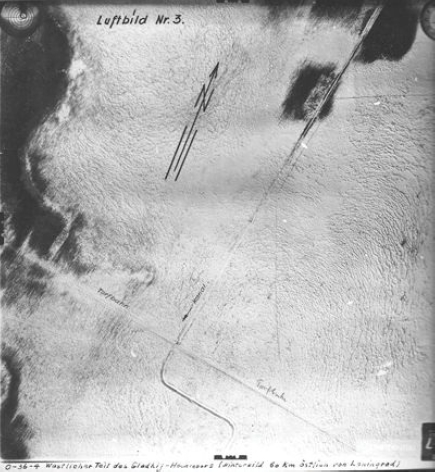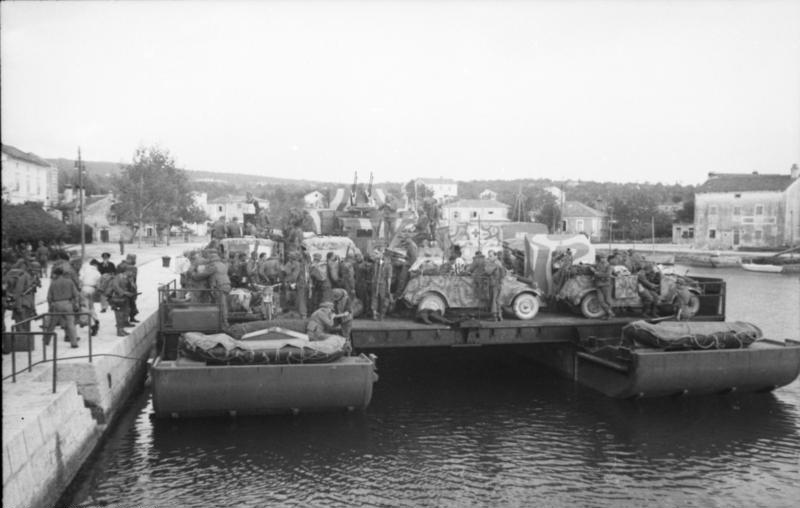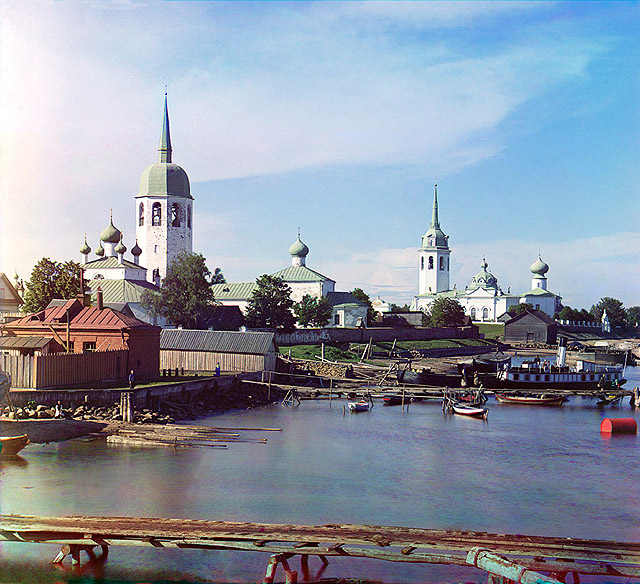|
Sukho (island)
Sukho (russian: Сухо) island is a small artificial island located in the south-east of Lake Ladoga 20 km near its southern shore. The island has the shape of an irregular horseshoe. Dimensions of this island is approximately 90 to 60 m. The island was built from a shoal in the early 18th century by order of Tsar Peter I as a navigational aid. History According to legend, Peter I discovered the shoal by grounding on it while sailing from Volkhov Bay in a '' yal'', exclaiming: "it's dry here!" ("Zdes sukho"). He ordered all passing vessels to leave stones on the shoal to build the island, which became known as Sukho (Dry). The entrance to the bay was to the south-east because the easterly winds rarely blew there. A tall stone lighthouse was built in 1891. During the Second World War, the Soviets garrisoned Sukho to help secure the southern part of the lake. This provided protection for the cross-lake supply routes - such as the Road of Life in the winter - to besieged ... [...More Info...] [...Related Items...] OR: [Wikipedia] [Google] [Baidu] |
Road Of Life
The Road of Life () was the set of ice road transport routes across Lake Ladoga to Leningrad during the Second World War. They were the only Soviet winter surface routes into the city while it was besieged by the German Army Group North under ''Feldmarschall'' Wilhelm Ritter von Leeb. The routes operated in the winters of 1941-1942 and 1942-1943. Construction and operation were performed under German artillery and aerial bombardment. In January 1943 the Soviet's Operation Iskra broke the encirclement, and the ice roads were used in conjunction with land routes for the remainder of the winter. The routes carried supplies necessary to sustain life and resistance inside the Leningrad pocket, and evacuated non-combatants, wounded, and industrial equipment. Over 1.3 million people, primarily women and children, were evacuated over the roads during the siege . The Road of Life is now a World Heritage Site. History The blockade forms On 8 September 1941, Army Group North captured ... [...More Info...] [...Related Items...] OR: [Wikipedia] [Google] [Baidu] |
Lake Islands Of Russia
A lake is an area filled with water, localized in a basin, surrounded by land, and distinct from any river or other outlet that serves to feed or drain the lake. Lakes lie on land and are not part of the ocean, although, like the much larger oceans, they do form part of the Earth's water cycle. Lakes are distinct from lagoons, which are generally coastal parts of the ocean. Lakes are typically larger and deeper than ponds, which also lie on land, though there are no official or scientific definitions. Lakes can be contrasted with rivers or streams, which usually flow in a channel on land. Most lakes are fed and drained by rivers and streams. Natural lakes are generally found in mountainous areas, rift zones, and areas with ongoing glaciation. Other lakes are found in endorheic basins or along the courses of mature rivers, where a river channel has widened into a basin. Some parts of the world have many lakes formed by the chaotic drainage patterns left over from the last ice ... [...More Info...] [...Related Items...] OR: [Wikipedia] [Google] [Baidu] |
Artificial Islands Of Russia
Artificiality (the state of being artificial or manmade) is the state of being the product of intentional human manufacture, rather than occurring naturally through processes not involving or requiring human activity. Connotations Artificiality often carries with it the implication of being false, counterfeit, or deceptive. The philosopher Aristotle wrote in his '' Rhetoric'': However, artificiality does not necessarily have a negative connotation, as it may also reflect the ability of humans to replicate forms or functions arising in nature, as with an artificial heart or artificial intelligence. Political scientist and artificial intelligence expert Herbert A. Simon observes that "some artificial things are imitations of things in nature, and the imitation may use either the same basic materials as those in the natural object or quite different materials.Herbert A. Simon, ''The Sciences of the Artificial'' (1996), p. 4. Simon distinguishes between the artificial and the synt ... [...More Info...] [...Related Items...] OR: [Wikipedia] [Google] [Baidu] |
Dissolution Of The Soviet Union
The dissolution of the Soviet Union, also negatively connoted as rus, Разва́л Сове́тского Сою́за, r=Razvál Sovétskogo Soyúza, ''Ruining of the Soviet Union''. was the process of internal disintegration within the Soviet Union (USSR) which resulted in the end of the country's and its federal government's existence as a sovereign state, thereby resulting in its constituent republics gaining full sovereignty on 26 December 1991. It brought an end to General Secretary Mikhail Gorbachev's (later also President) effort to reform the Soviet political and economic system in an attempt to stop a period of political stalemate and economic backslide. The Soviet Union had experienced internal stagnation and ethnic separatism. Although highly centralized until its final years, the country was made up of fifteen top-level republics that served as homelands for different ethnicities. By late 1991, amid a catastrophic political crisis, with several republics alre ... [...More Info...] [...Related Items...] OR: [Wikipedia] [Google] [Baidu] |
Siebel Ferry
The Siebel ferry (''Siebelfähre'') was a shallow-draft catamaran landing craft operated by Germany's Wehrmacht during World War II. It served a variety of roles (transport, flak ship, gunboat, convoy escort, minelayer) in the Mediterranean, Baltic and Black Seas as well as along the English Channel. They were originally developed for Operation Sea Lion in 1940, the cancelled German invasion of England. Siebel ferries continued performing after the war's end in 1945. Origins and development As German Army preparations for Operation Sea Lion got under way in July 1940, frustration soon grew over when and what types of ships the ''Kriegsmarine'' would supply for use in the planned Channel crossing. The immense task of converting hundreds of inland river barges and motor coasters into proper landing craft began, and the ''Kriegsmarine'' was unable to give the Army a date for their availability.Kieser, p.120 Anxious to begin landing exercises, ''Feldmarschall'' Walther von Brauchitsc ... [...More Info...] [...Related Items...] OR: [Wikipedia] [Google] [Baidu] |
Battle Of Sukho Island
The Battle of Sukho Island, also known as Operation Brazil, was an amphibious operation and naval engagement on Lake Ladoga between the Soviet Navy and a German Luftwaffe naval detachment during World War II. Background During the Siege of Leningrad the Soviets moved supplies to the city through Lake Ladoga. The Axis deployed the Finnish Ladoga Naval Detachment, Naval Detachment K (including the Italian XII Squadriglia MAS), and the German Luftwaffe Einsatzstab Fähre Ost, to interdict the route;Kijanen, Kalervo (1968). Suomen Laivasto 1918–1968 II. Helsinki: Meriupseeriyhdistys/Otava. pp. 185–197 MAS conducted torpedo boat attacks.Ruge, F., "The Soviets As Naval Opponents 1941-1945", 1978, p.26 The combined Axis force failed to significantly interrupt traffic. The culmination of Axis operations was the raid against Sukho Island, 20 km from the southern shore of the lake, which covered supply lines and the approaches to Soviet bases. Axis forces The attack was comma ... [...More Info...] [...Related Items...] OR: [Wikipedia] [Google] [Baidu] |
Novaya Ladoga
Novaya Ladoga (russian: Но́вая Ла́дога, lit=New Ladoga) is a town in Volkhovsky District of Leningrad Oblast, Russia, located at the point where the Volkhov River flows into Lake Ladoga, east of St. Petersburg. Population: History The Nikolo-Medvedsky ( St. Nicholas) Monastery stood on the site of the modern town since the 15th century, but the nearby ''sloboda'' was long overshadowed by the first Russian capital, Staraya Ladoga, located just a few miles upstream. In 1702–1704, during the Great Northern War, Peter the Great established a shipyard there, fortified the monastery, and ordered the population of Staraya Ladoga to relocate to the nearby village. Town rights were granted to it in 1704. The newly founded town grew in importance in connection with construction of the Ladoga Canal and Volga-Baltic Waterway in the 18th and 19th centuries. In 1719, Novaya Ladoga was included to St. Petersburg Governorate. In 1727, separate Novgorod Govern ... [...More Info...] [...Related Items...] OR: [Wikipedia] [Google] [Baidu] |
Siege Of Leningrad
The siege of Leningrad (russian: links=no, translit=Blokada Leningrada, Блокада Ленинграда; german: links=no, Leningrader Blockade; ) was a prolonged military blockade undertaken by the Axis powers against the Soviet city of Leningrad (present-day Saint Petersburg) on the Eastern Front of World War II. Germany's Army Group North advanced from the south, while the German-allied Finnish army invaded from the north and completed the ring around the city. The siege began on 8 September 1941, when the Wehrmacht severed the last road to the city. Although Soviet forces managed to open a narrow land corridor to the city on 18 January 1943, the Red Army did not lift the siege until 27 January 1944, 872 days after it began. The blockade became one of the longest and most destructive sieges in history, and it was possibly the costliest siege in history due to the number of casualties which were suffered throughout its duration. While not classed as a war crime at the ... [...More Info...] [...Related Items...] OR: [Wikipedia] [Google] [Baidu] |
Second World War
World War II or the Second World War, often abbreviated as WWII or WW2, was a world war that lasted from 1939 to 1945. It involved the vast majority of the world's countries—including all of the great powers—forming two opposing military alliances: the Allies and the Axis powers. World War II was a total war that directly involved more than 100 million personnel from more than 30 countries. The major participants in the war threw their entire economic, industrial, and scientific capabilities behind the war effort, blurring the distinction between civilian and military resources. Aircraft played a major role in the conflict, enabling the strategic bombing of population centres and deploying the only two nuclear weapons ever used in war. World War II was by far the deadliest conflict in human history; it resulted in 70 to 85 million fatalities, mostly among civilians. Tens of millions died due to genocides (including the Holocaust), starvation, ma ... [...More Info...] [...Related Items...] OR: [Wikipedia] [Google] [Baidu] |
Leningrad Oblast
Leningrad Oblast ( rus, Ленинградская область, Leningradskaya oblast’, lʲɪnʲɪnˈgratskəjə ˈobləsʲtʲ, , ) is a federal subjects of Russia, federal subject of Russia (an oblast). It was established on 1 August 1927, although it was not until 1946 that the oblast's borders had been mostly settled in their present position. The oblast was named after the city of Saint Petersburg, Leningrad. In 1991, the city restored its original name, Saint Petersburg, but the oblast retains the name of Leningrad. The capital and largest city is Gatchina. The oblast overlaps the historic region of Ingria and is bordered by Finland (Kymenlaakso and South Karelia) in the northwest and Estonia (Ida-Viru County) in the west, as well as five federal subjects of Russia: the Republic of Karelia in the northeast, Vologda Oblast in the east, Novgorod Oblast in the south, Pskov Oblast in the southwest, and the federal city of Saint Petersburg in the west. The first governor of L ... [...More Info...] [...Related Items...] OR: [Wikipedia] [Google] [Baidu] |
Lighthouse
A lighthouse is a tower, building, or other type of physical structure designed to emit light from a system of lamps and lenses and to serve as a beacon for navigational aid, for maritime pilots at sea or on inland waterways. Lighthouses mark dangerous coastlines, hazardous shoals, reefs, rocks, and safe entries to harbors; they also assist in aerial navigation. Once widely used, the number of operational lighthouses has declined due to the expense of maintenance and has become uneconomical since the advent of much cheaper, more sophisticated and effective electronic navigational systems. History Ancient lighthouses Before the development of clearly defined ports, mariners were guided by fires built on hilltops. Since elevating the fire would improve the visibility, placing the fire on a platform became a practice that led to the development of the lighthouse. In antiquity, the lighthouse functioned more as an entrance marker to ports than as a warning signal for reefs a ... [...More Info...] [...Related Items...] OR: [Wikipedia] [Google] [Baidu] |


.jpg)


.jpg)


